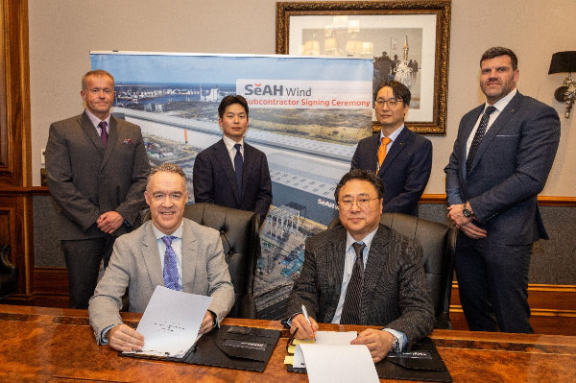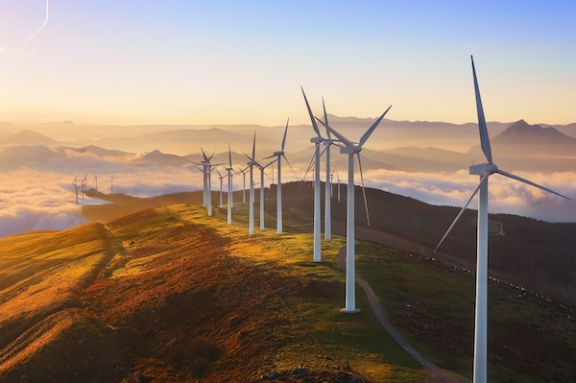Pressure Vessel Design And Manufacture
Two Pressure Vessels For BP’s New Tortue Project
Customer: BP
Location: Mauritania

Background
BP is a global oil and gas company with operations across the globe. In 2020, Saipem on behalf of BP approached us to manufacture two pressure vessels for their Tortue project – gathering liquified natural gas (LNG) just off the coast of Mauritania, West Africa.
Challenge
The client Required an LNG storage tank and a flare knockout vessel to remove and vaporise excess from the flare stream. Both situated on their offshore floating platform.
Liquified natural gas is stored at -162 °C and LNG storage / Knock out vessels are routinely subjected to cyclic thermal and loading duties. This meant that the vessels had to be designed and built for cryogenic service, as well as being highly durable and capable of withstanding sudden fluctuations in internal temperature.
The client also required ASME U Stamp certification to ensure that our design, manufacturing and quality control processes were fully compliant with the ASME Boiler and Pressure Vessel Code.
Solutions
With the client’s specifications in hand, our engineers set about designing and draughting the two pressure vessels; taking great care to ensure that they could meet the stringent requirements of ASME’s U Stamp certification, the customer’s specifications, and the stresses associated with storing or processing LNG.
Both vessels were designed and manufactured out of stainless steel due to its capability of withstanding pressure at cryogenic temperatures for the LNG.
Using stainless steel meant utilising our segregated part of our workshop to ensure that the vessels wouldn’t be contaminated by carbon steel dust from other vessels being built in our Rotherham factory.
Both units were also subject to high levels of fatigue through nozzle loads and thermal cycling. For the LNG storage vessel nozzle reinforcement in the way of insert pads had to be used to withstand these forces while keeping the shell strakes to a minimum thickness to reduce weigh.
On the FKO Drum, a separate CFD study had to be performed to look at the affect and stresses applied with rapid change in temperature that could occur from a sudden influx of LNG into the vessel taking it from ambient temperatures to -162 °C. Following the study a number of reinforcement options had to be implemented to counteract the stresses induced.
During construction, the unit was observed on daily basis by the customer and our ASME authorised engineer to assure quality and on time build.
Due to the hard work of our engineering and manufacturing team, we were able to achieve the full certification, and deliver the vessels to the agreed schedule.
Benefits
BP now has two strong and durable pressure vessels to aid in the extraction and processing of LNG. Both vessels are currently being installed on the Tortue project and we look forward to seeing them in operation.

